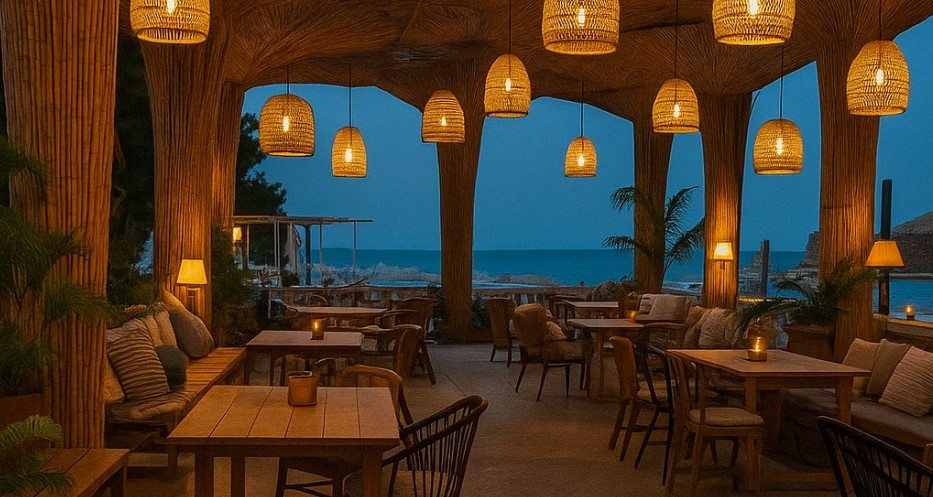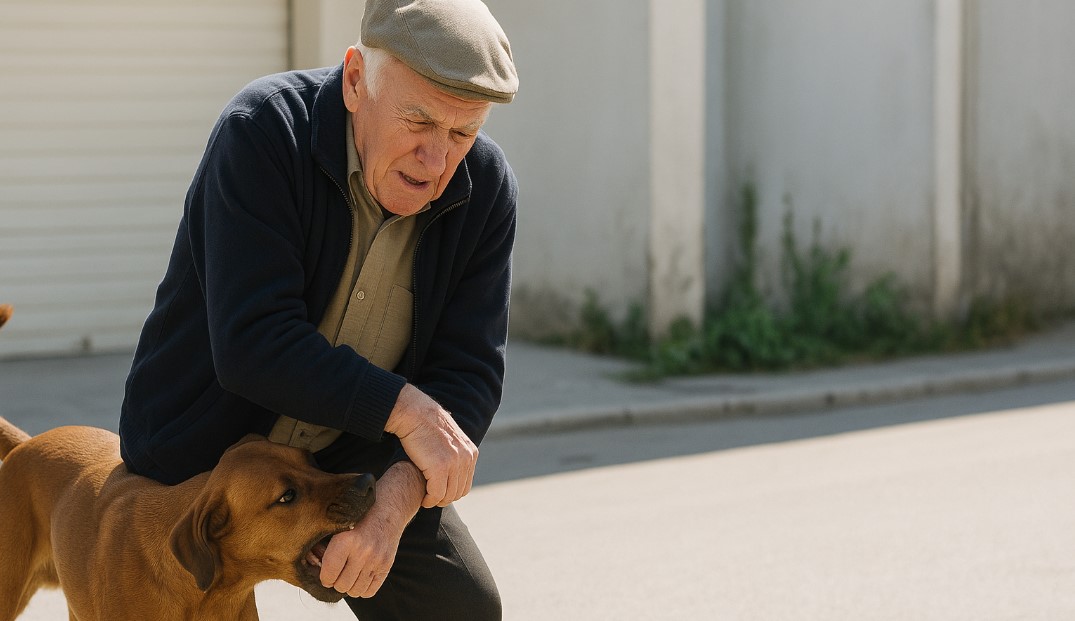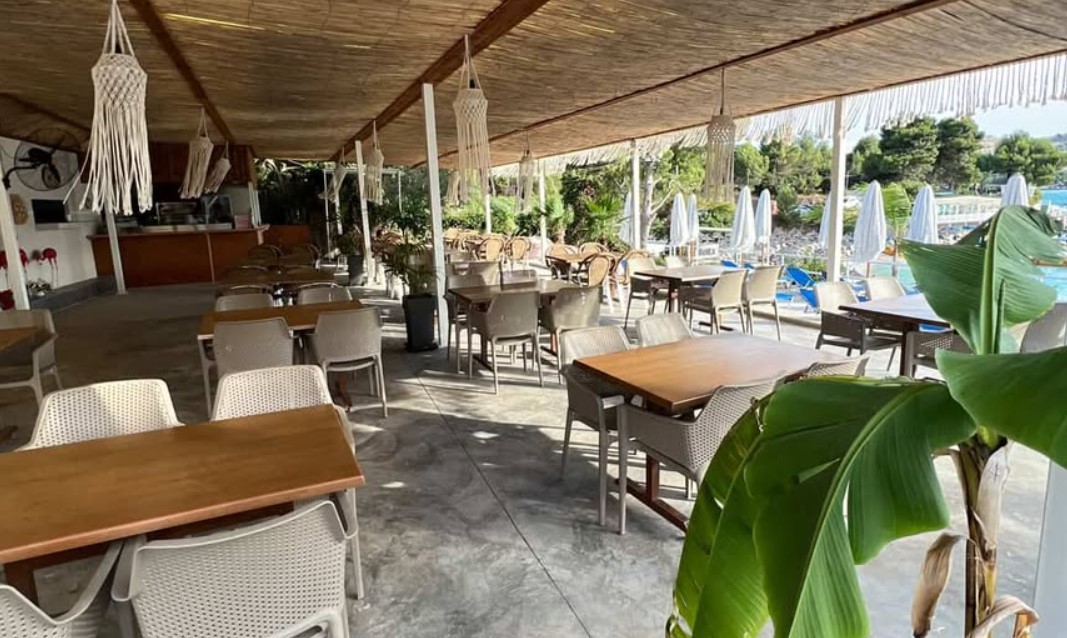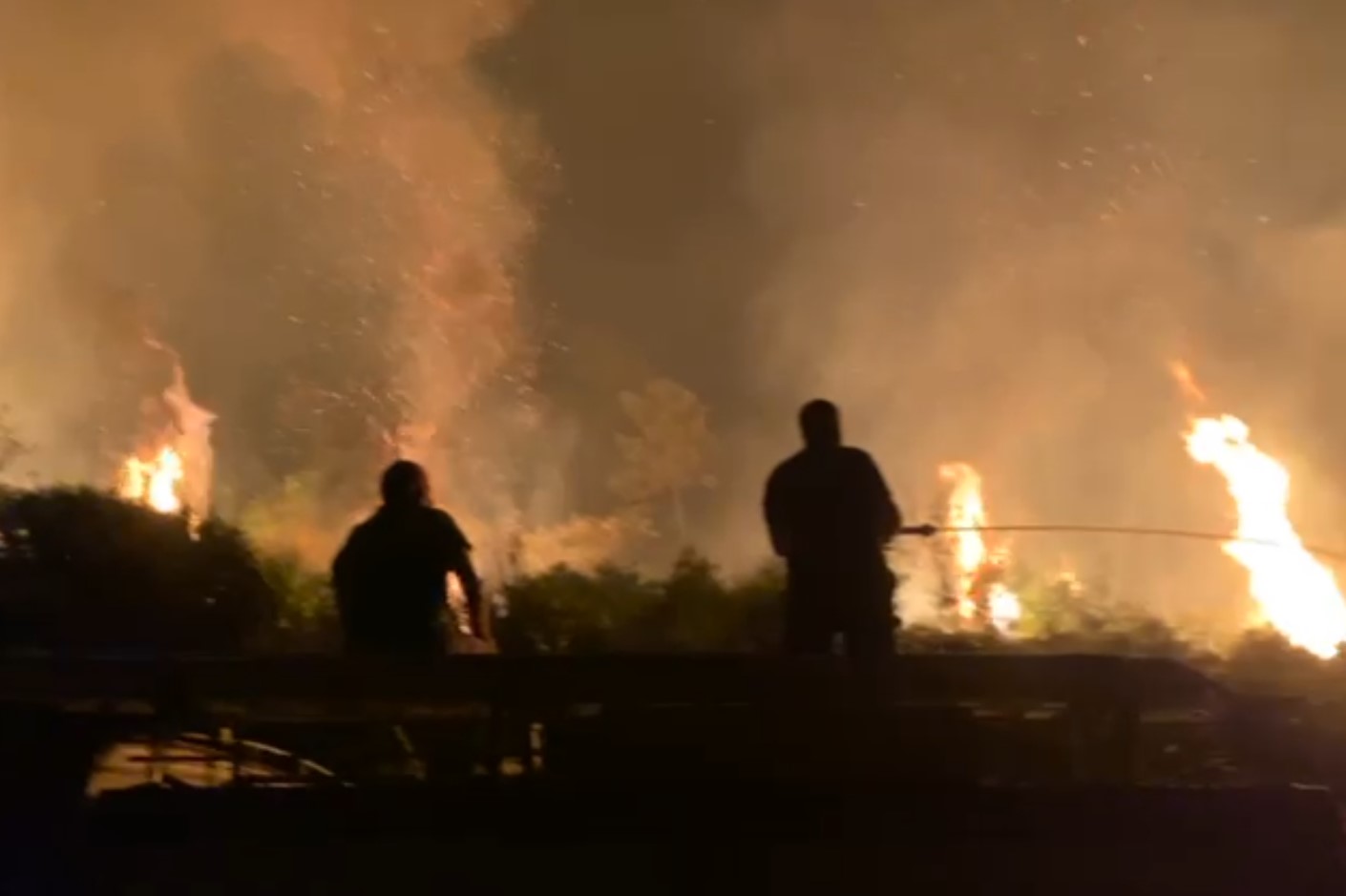
Butrint National Park
Butrint National Park
Butrint National Park – The Ancient City of Butrinti is located south of the city of Saranda.
Butrint National Park is built on a hill, in the southeast corner of the Ksamil peninsula.
In a fairly protected natural position, opposite the island of Corfu, founded there from the beginning of the 7th century BC.
Butrint rises on a not very high hill, which is wet from three sides with water. To the east and northeast of the hill lies Butrint lake. From the southern side passes the channel that connects the lake with the Ionian Sea.
The earliest archaeological notices about this city come from Cyriacus of Ancona. Traveling to Greece, he also stopped in this city. Here he saw the remains of ancient buildings, parts of statues and copied some inscriptions that are now lost. At the beginning of the last century, Butrint was visited by other travelers, such as Martin, Liku and Pukevili.
Butrint National Park – Ugolin’s discoveries in Butrint
The Italian archaeological mission led by Ugolini carried out excavations in this city from 1928-1936. After his death, the works were continued by P. Markoni and later by D. Mustilli until 1940. As a result of many years of excavations, a lot of historical periods have come to light in Butrint. As well as the following monuments: Castle, Theater, Agora, Portico, Temples, Great Basilica, Baptistery, etc.
The Roman period was characterized by the expansion of the city’s surface. There was also a big hop of constructions where constructions of a social character predominate. These are: Gymnasium, capitol, bathrooms, water supply (aqueduct) 5 km long, taps. The city expanded to the plain of Vrina and Diapori. The city also received the status of a colony in the period of Octavian Augustus.
Butrint later
Paleochristian (Byzantine) period. The city center was moved near the Baptistery, where next to the Baptistery (baptism) c. V-VI AD. In addition to the architectural form, an important place is occupied by the mosaic (69 colorful medallions) reflecting the birds and animals of the surrounding territory.
A number of churches surround this monument, of which the great Basilica has special value. It speaks of an episcopal center dependent on Nicopolis.
The Venetian period is characterized by fortifications (1368) such as the triangular fortress in front of Butrint. The entrance towers and the Venetian fortress on the Acropolis with a main tower in the center. While Ali Pasha Tepelena built the fort at the mouth of the Vivar canal in 1808-1811.
Butrint is part of the “UNESCO” World Heritage.
Butrint was an ancient Illyrian and later Arberian city and bishopric. It is likely to have been inhabited since prehistoric times. Butrint was populated by the Caonians, later a Roman colony and a bishopric. Butrint went into decline in Late Antiquity, before being abandoned during the Middle Ages. A great earthquake flooded most of the city.
Butrint – The legend of Butrint
Anchises with the ships set out from Ambracia… And, sailing along the coast, he arrived at Butrot, the port of Epirus. Aeneas, on the other hand, with the best soldiers, after a journey that lasted two days, reached Dodona. The purpose was to seek the opinion of the god.: Here he also found those Trojans who had fled with Helen. As they received a divine response to the work of the colony, they presented copper craters to the god, along with other Trojan gifts.
Inscriptions at Butrinti
Some of them are still there today with very old inscriptions, showing the names of the donors.
Hence, he then reached the ships after a journey that lasted more than four days…
At the end of the 30s of the last century, the Italian archaeologist Ugolini mentions the legend about the distant origins of Butrint. Helen who had come to Epirus from Troy. He was preparing to perform the ritual sacrifice after descending to earth. The bull that was to be sacrificed to the gods, struck, escaped from their hands and swam across the sea. Helen, seeing here a warning from the gods, founded a city which she named Buthrotos.
According to Plutarch, the god Pan died precisely in Butrint. And the moment of his death, became the reason for the cries of the extra dancers. Those who informed shepherds all over Kaonia about this tragic loss for the protector of forests and flowers.
DEA OF BUTRINTI
Dea e Butrint – The pearl of Butrin’s archaeological discoveries is the 50 cm high bust known as the “Head of the Dea”.
This bust placed on a female statue belongs to the 4th century B.C. It was discovered by the Italian archaeologist Ugolini in 1928.
Initially he identified it with the goddess of the city named Dea. He then identified it with the head of Apollo. The Goddess of Butrint is today in the National Historical Museum in Tirana.
For more VIDEOS, follow us on our YouTube channel. Saranda Web
The goddess of Butrint, is the head of a sculpture found in the archeological site of Butrint in 1928, with female features that may represent hyun Apollo.
Butrint – DEA of Butrint
It is about a head made of a very special marble in terms of the condition in which it was found and preserved, without seeing
Website Saranda Web
Facebook Saranda Web
Instagram saranda.web
Youtube sarandaweb
Twitter Saranda Web
Tiktok saranda.web
Pinterest sarandaweb
Linktree sarandaweb
in sarandaweb
Ndajeni me miqte:
Na ndiqni:
Postimet e fundit





Suvenire
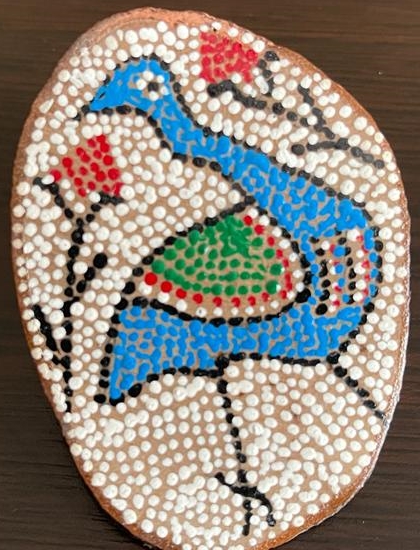
PUNIME ARTIZANE ME MOTIVE NGA BUTRINTI, PJETER PERKEQI 6
19/02/2311:23
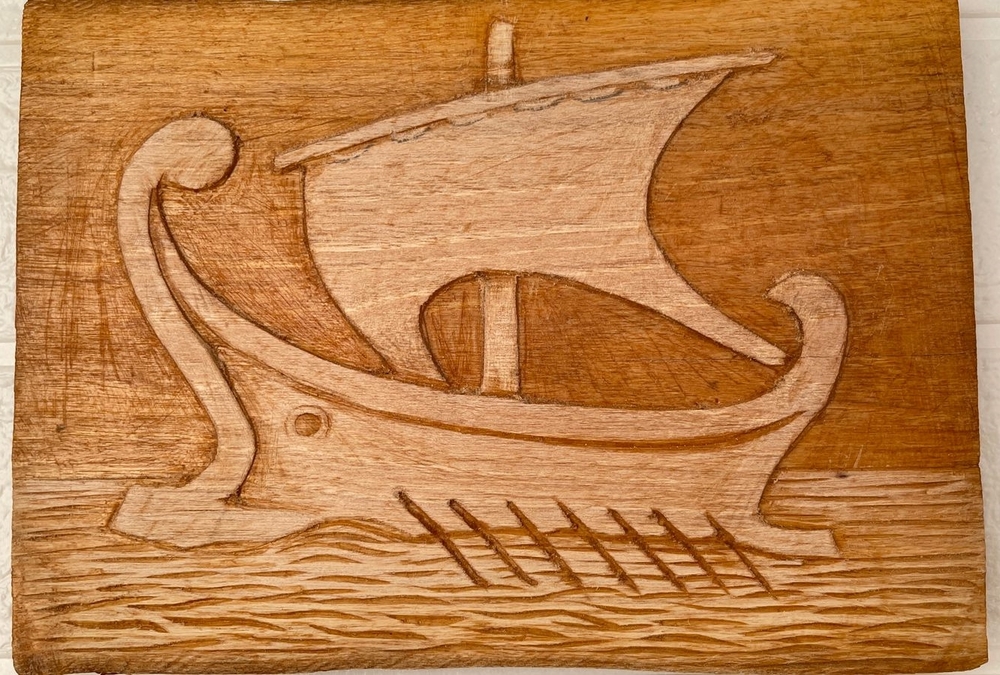
Anija Liburna, punim në dru nga Agur Kapo
19/02/2311:23
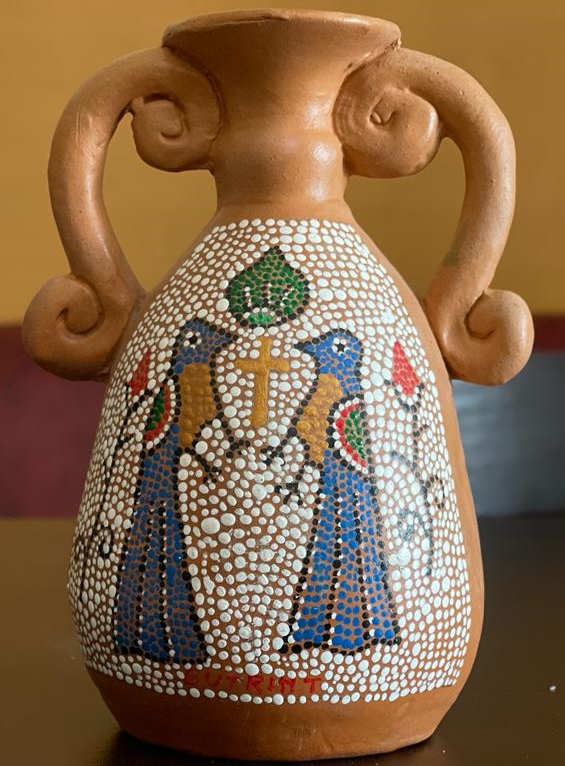
PUNIME ARTIZANE ME MOTIVE NGA BUTRINTI, PJETER PERKEQI 13
19/02/2311:23
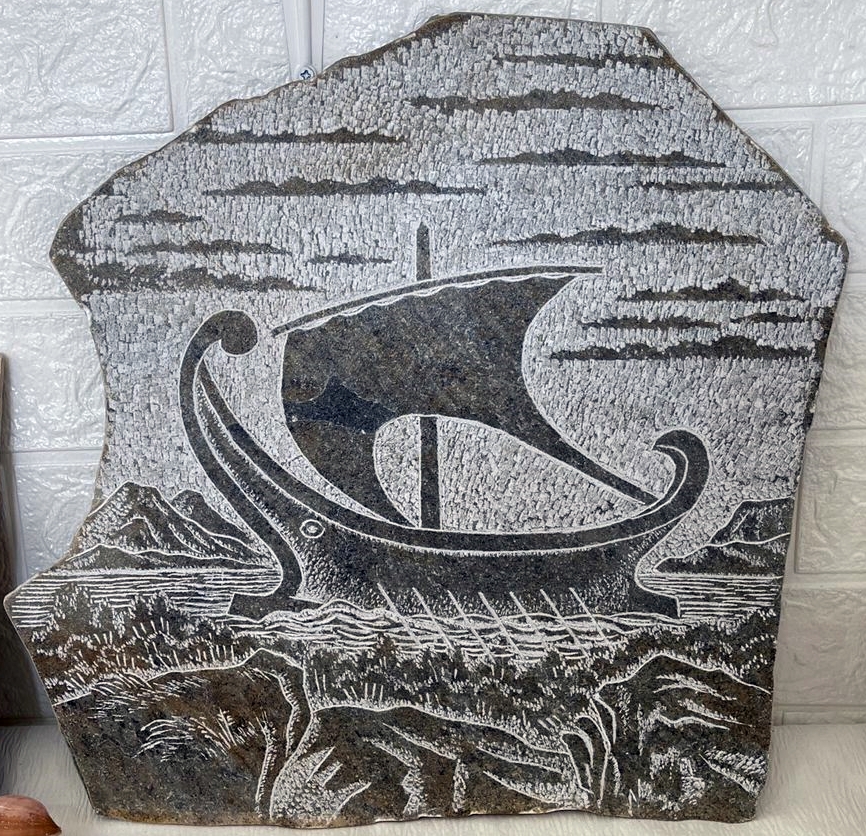
Anija “Liburna” gdhendur në gur, punim nga Agur Kapo
19/02/2311:23
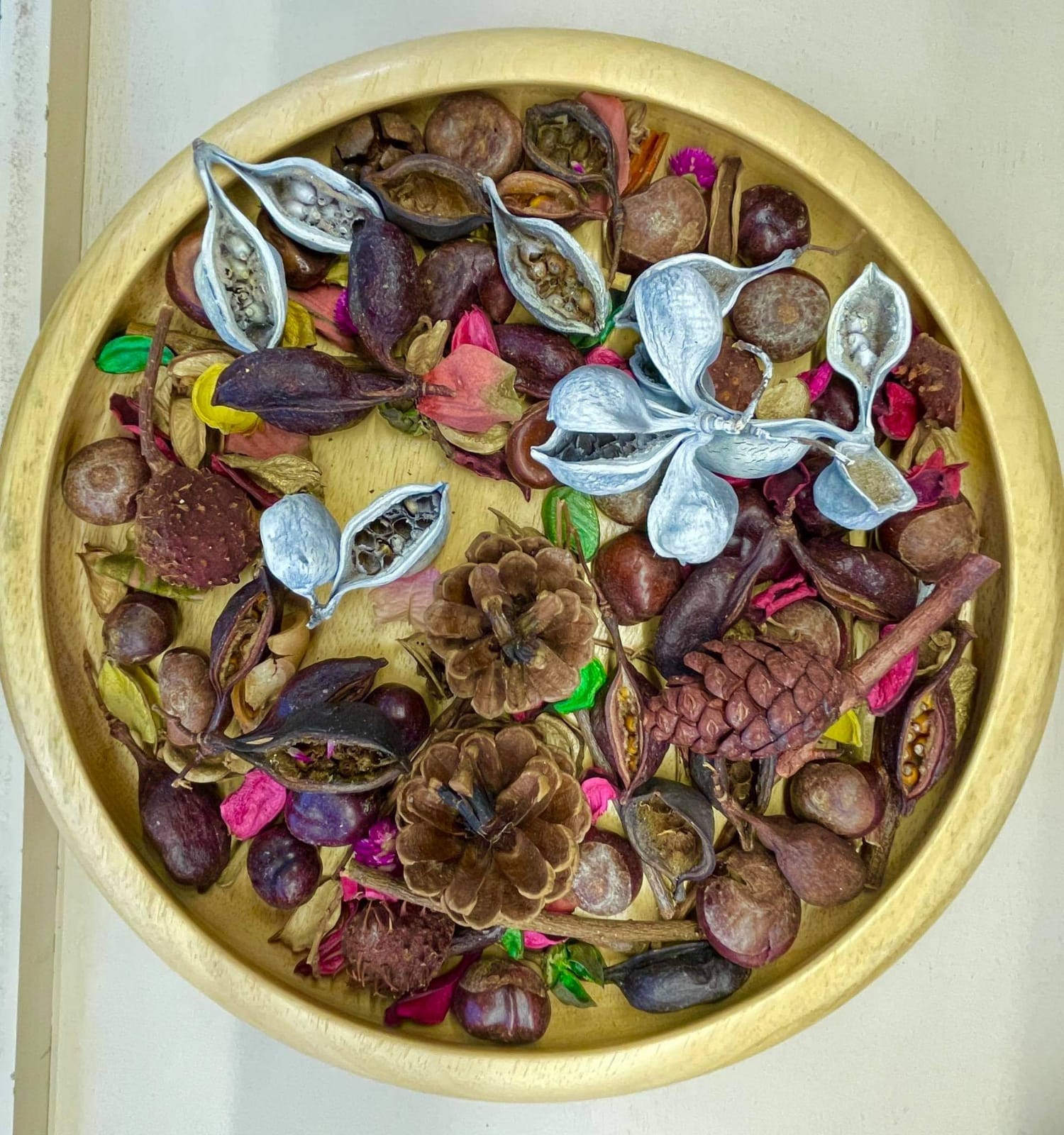
Suvenire nga Saranda
19/02/2311:23














